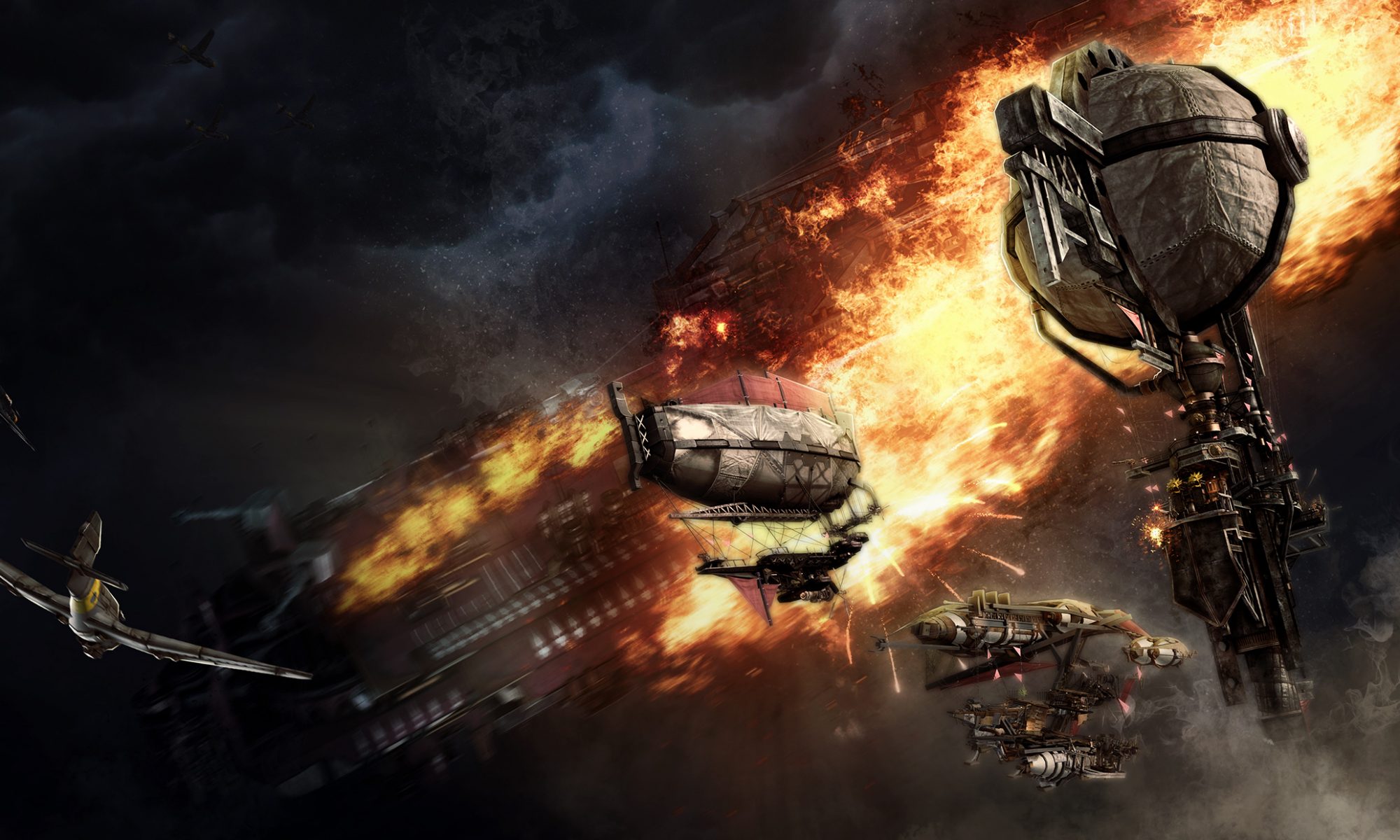
Originally this post was supposed to be about prototypes in general, but with the popularity of scrum and agile these days I think everyone knows what prototyping is about. What I want to emphasize dirty prototypes. What I mean by this is creating extremely low fidelity prototypes. I think a lot of time is wasted when people get carried away and start paying attention to adding in details, me included. If I took this lesson to heart earlier in my career, I think I would have been able to catch many more mistakes earlier.
Why I advocate for developing tests quickly is to get results as soon as possible. You ask a question, you want those answers now in order to stay ahead of the curve. These answers may even tell you that the direction you’re going in is also just wrong. And because you’ve spent so little time invested in a wrong idea, you’re more likely to set it aside and revisit it later while moving on to something else.
I think the practice and habits are obvious. Scribble things on paper. Only spend a couple of hours coding something, hacking, in a separate Unity project. Get those cubes dancing. Get it out to your peers and coworkers and get their opinions. As a game designer, you must be ruthless and always follow a crumb trail of where tests lead you. Create a dirty prototype with your gut instincts (don’t spend hours looking for damn metrics, that can also waste your time) and test. That test is your metric. It will tell you if your idea is good or bad or needs some more work.
Relentless. Ruthless. Ever-producing.


